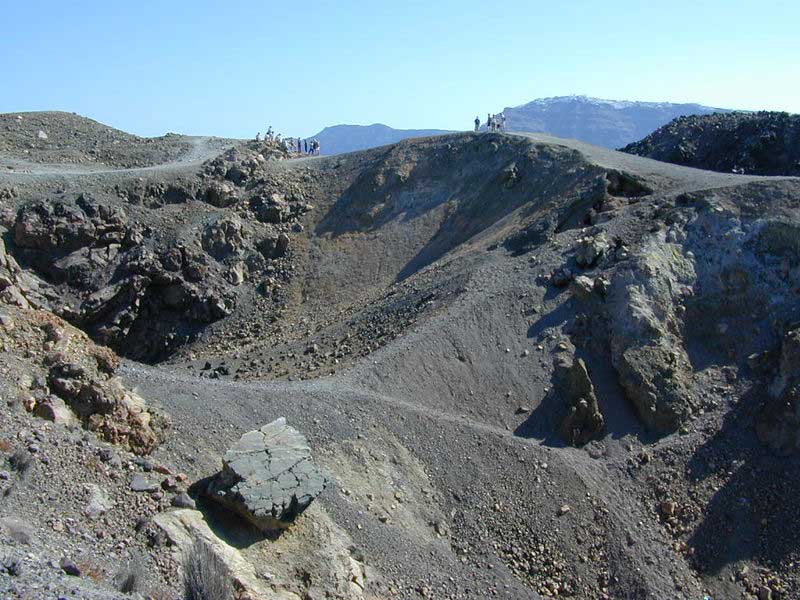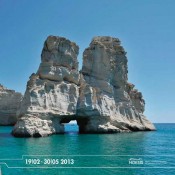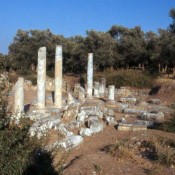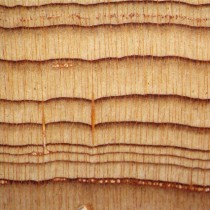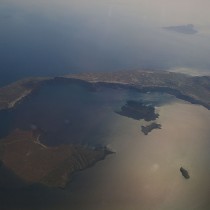According to a new study of insect pests found in an ancient storage vessel on Santorini, the volcanic eruption which ended the Minoan civilization took place sometime between June to early July, around 1600 BC. The study titled “Ancient pests: the season of the Santorini Minoan volcanic eruption and a date from insect chitin” was published in a recent issue of Naturwissenschaften and signed by Eva Panagiotakopulu, Thomas Highham, Anaya Sarpaki, Paul Buckland and Christos Dumas.
As written in the abstract of the paper: “Attributing a season and a date to the volcanic eruption of Santorini in the Aegean has become possible by using preserved remains of the bean weevil, Bruchus rufipes, pests of pulses, from the storage jars of the West House, in the Bronze Age settlement at Akrotiri.
”We have applied an improved pre-treatment methodology for dating the charred insects, and this provides a date of 1744–1538 BC. This date is within the range of others obtained from pulses from the same context and confirms the utility of chitin [protein that makes up the insects’ shells] as a dating material. Based on the nature of the insect material and the life cycle of the species involved, we argue for a summer eruption, which took place after harvest, shortly after this material was transported into the West House storeroom”.
